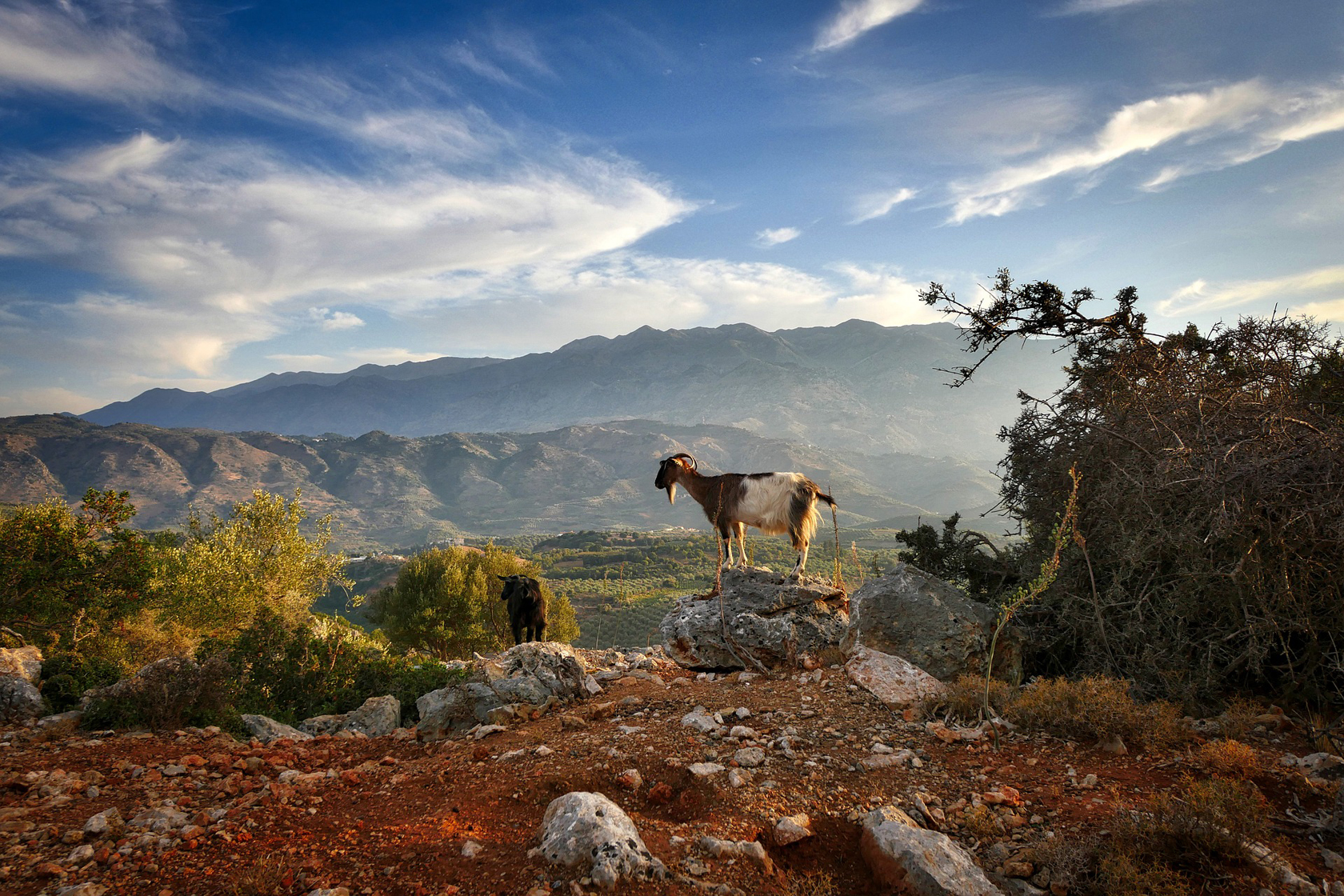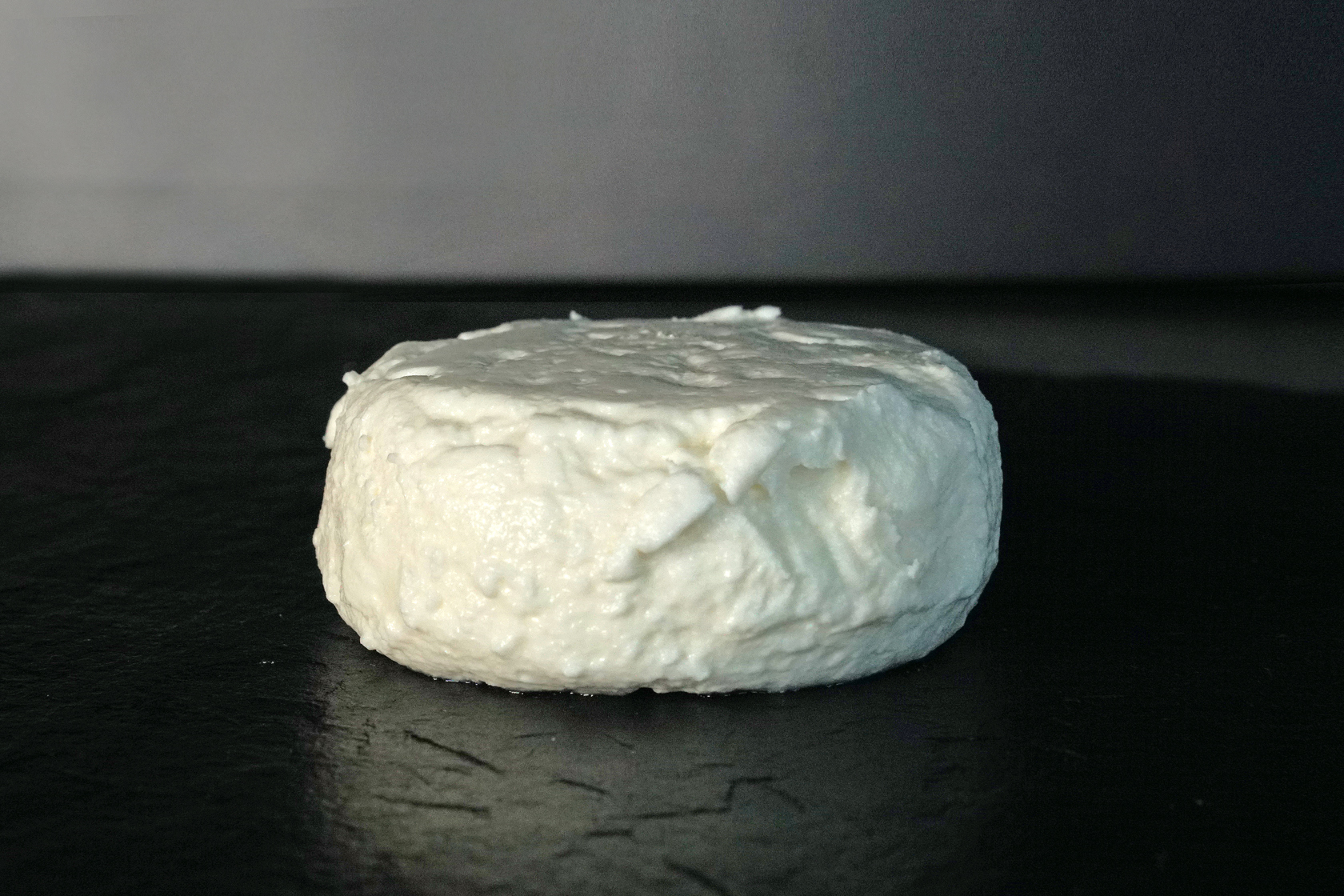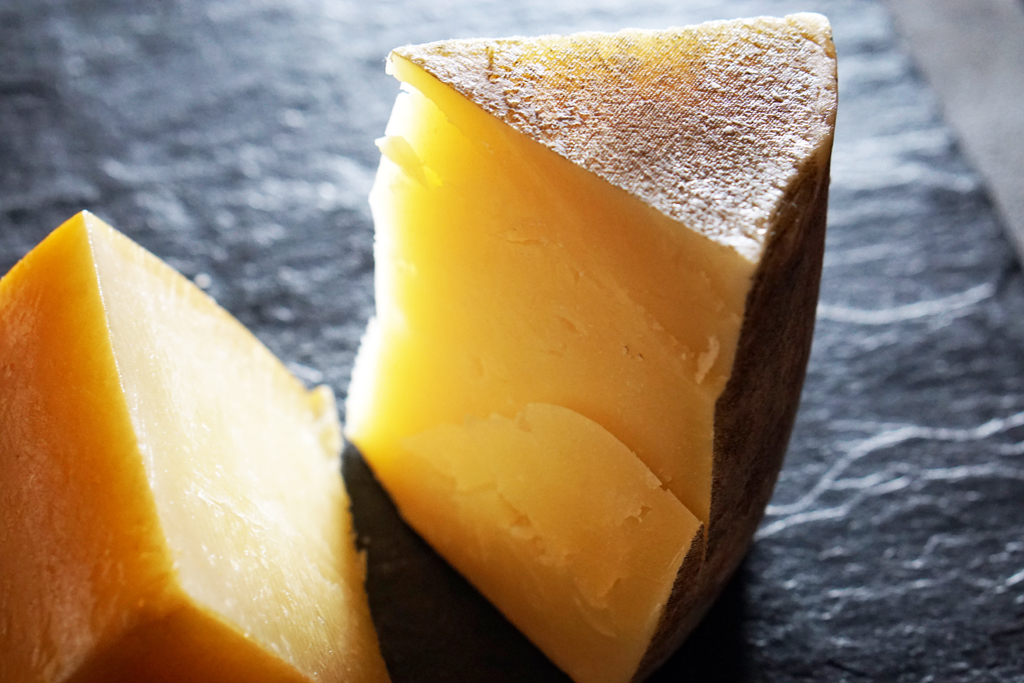Spring is still on the jump and with it are goats and their cheeses!
We @formaggiastic are big fans of fresh as well as aged goat cheeses and over the course of the upcoming weeks will take you on a deep dive into the world of these white beauties.
But before we start with mouth-watering examples, here some basic facts about goats, their milk, and their cheeses.

History and distribution:
- Goats are not only one of the oldest domesticated livestock companions we have, they also were one of our first suppliers of milk and cheese, with a history dating back to ancient Egypt.
- Due to their sturdy body structures and versatile stomachs, goats are ideal grazers for difficult terrains such as those found in, for instance, Greece or the Middle East.
– Today there are more than 1,000 different breeds worldwide and goats are kept for meat and for milk&cheese production, as well as for the use of their skin, fur, and hair.

Natural cycles and humans’ attempts for twists:
- Goats are mostly fall breeders with a gestation period of about 150 days and a lactation cycle of about 284 days (in comparison, that of a cow is more than 300 days)
- Other than cows, goats when artificially inseminated tend to become infertile and therefore are mostly left to their natural cycles; therefore, during the winter fresh goat’s milk cheeses are scarce.
- Some breeders work with light therapy that leads the goats to believe that the seasons have already changed but smaller dairies leave them to their natural timing.
Lactose intolerant people can eat goat´’s milk cheeses – myth or fact?
This is a little tricky to answer. But in general – it´’s a myth
Goat’s milk and goat’s milk cheese does contain lactose. What makes the answer tricky is that lactose intolerance is often not medically examined and therefore confused with an intolerance to certain proteins found in cow’s milk.
- Studies have shown that either A1 or A2 milk proteins can be found in cow’s milk depending on the individual cow (not the breed). Both are Beta-Casein Proteins and the major part of cow´s milk is loaded with the A1 version; goats, on the other hand, only produce the A2 version.
This is why the rumor spread that “lactose intolerant” people can eat goat’s milk cheeses when in fact those people react allergic to the milk protein and not to lactose. - Fat globules found in goat´’s milk by the way are about 20% smaller than the ones found in cow’s milk and therefor make goat’s milk cheeses easier to digest.
And for us figure hugging cheese lovers: Goat’s milk contains about the double amount of medium-chain fatty acids than cow’s milk which gives us a nice energy boost without piling up our body fat!
Why is goat´s milk so much whiter than cow’s milk?
- In contrast to cows, goats convert the pre-vitamin Beta-Carotene they take in with the plants into Vitamin A before it enters the milk. Therefore goat´’s milk and goat’s milk cheeses are completely white.

Goats seem to have a naughty brand – do they eat like they behave?
-
- It is true that goats can be harmful to their environment as their natural instincts lead them right to the best and most nutritious part of a plant. Since they would raid them to their very last fiber shepherds have to make sure to switch locations often enough to give nature time to recover from the munchy invaders.
Fun fact: Just as goats know what is the best part of a plant, they also know when food is not nutritious or of good quality. In comparison to cows, they would rather stay hungry and wait for better times than eat inferior fodder.

Where do we find goat cheese?
- Goat cheeses can be found almost worldwide, with India producing the most by quantity and France producing the most by variety.
- There are fresh and aged ones as well as blue- and bloomy ones. And the number seems to be sheer endless.
Go(a)t curious and want to travel with us into the world of goats milk cheeses.?
Just dial formaggiastic.com on June 11th and welcome our next guest.
Sources:
The Oxford Companion to Cheese
Farmdrop.com
Goat Pics by Pixabay
Cheese Pics by formaggiastic







